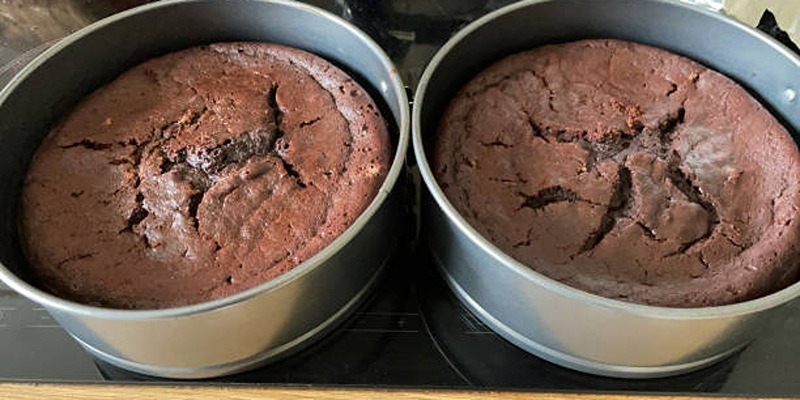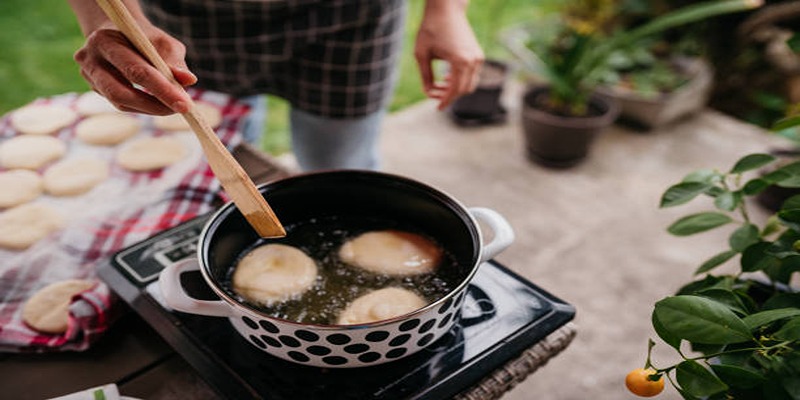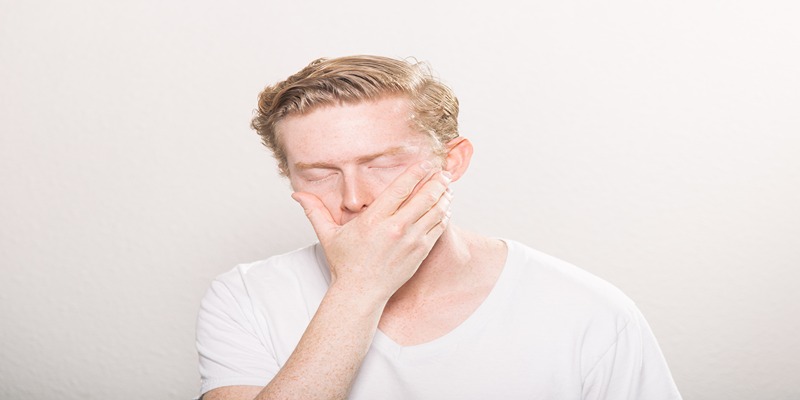Choosing between broiling and baking can significantly impact the texture and flavor of your dish. Both methods use the oven, but differ in their application of heat and cooking techniques. Broiling exposes food to direct, high heat from above, resulting in a crisp, browned exterior perfect for meats and vegetables. Baking, on the other hand, employs a gentler, even heat that surrounds the food, making it ideal for breads, pastries, and casseroles. Understanding the nuances of each method can help you achieve the desired outcome, whether you're looking for a crunchy finish or a tender, evenly cooked dish. This guide will explore the distinct characteristics, benefits, and best uses of broiling and baking, empowering you to choose the most suitable technique for your culinary creations.
What is Broiling?
Broiling is a rapid, high-temperature cooking method that exposes food to direct heat from the oven's top. This intense heat, which can reach up to 550F (288C), creates a seared and caramelized exterior while keeping the interior moist. It's perfect for cooking meats like steak, fish, or chicken, resulting in a charred crust with a juicy center. Broiling is also excellent for browning vegetables and melting cheese on dishes such as casseroles or pizzas.
How to Broil?
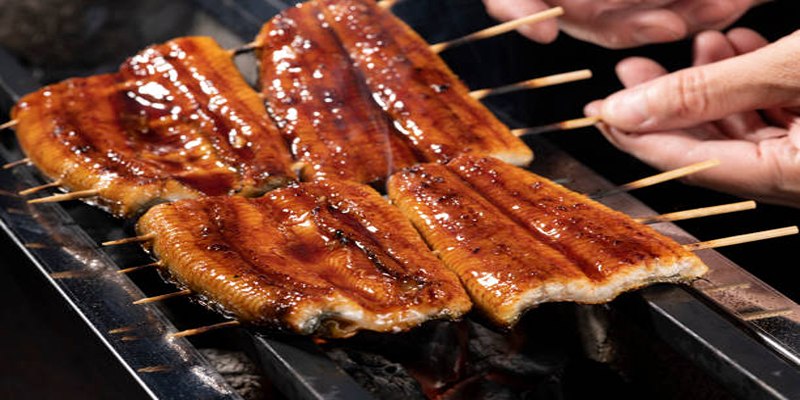
To broil successfully, it's essential to position your oven rack in the top third of the oven and preheat it for at least 5 minutes. Choose a shallow baking sheet or broiling pan with a wire rack that will allow heat to circulate around the food. Place your seasoned food on top of the rack, making sure it's not too close to the heating element, which could cause it to burn. Consult your recipe or use a cooking thermometer to determine the appropriate cooking time, as broiling times can vary depending on the thickness and type of food.
Tips for Broiling
- Use thin cuts of meat: As broiling cooks food quickly, it's best to use thin cuts of meat such as steak, pork chops, or chicken breasts. This ensures that the center will be cooked to perfection without overcooking the exterior.
- Use a marinade: Marinating your food before broiling can add flavor and moisture to your dish, preventing it from drying out under high heat.
- Keep an eye on your food: Broiling works fast, so it's crucial to keep an eye on your food to prevent it from burning. It's recommended to check on your food every few minutes and rotate the pan if necessary for even cooking.
Typical foods suited for broiling:
- Steak and other cuts of red meat
- Fish and seafood, such as salmon, shrimp, or scallops
- Vegetables like peppers, zucchini, and mushrooms
- Pizza and casseroles
What is Baking?
Baking involves cooking food with heat that surrounds the dish in the oven. This method uses lower temperatures ranging from 300F to 450F (149C to 232C), resulting in a slower but even cooking process. Baked goods like breads, cakes, and pastries rely on this gentle heat to rise and develop flavor through caramelization.
How to Bake?
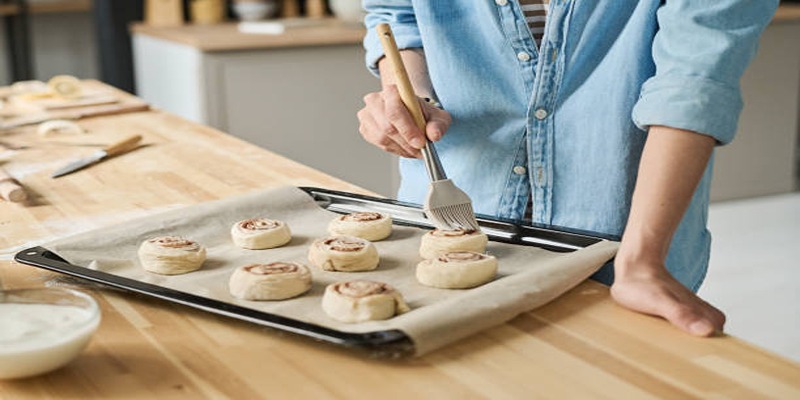
To bake, preheat your oven and place the dish in the center rack. Unlike broiling, baking requires a longer cooking time, so it's important to follow your recipe for specific instructions. Avoid opening the oven door too frequently as this can cause temperature fluctuations and affect the overall result.
Tips for Baking
- Use an oven thermometer: Ovens can have inconsistent temperatures, so using an oven thermometer will ensure that you're baking at the right temperature for optimal results.
- Prepare ingredients properly: Properly measuring, sifting, and mixing ingredients is crucial when baking. This ensures that the ingredients are evenly distributed and can affect the rise and texture of your baked goods.
- Let it rest: After baking, let your dish rest for a few minutes before serving. This allows the flavors to meld and helps with easier slicing and serving.
Typical foods suited for baking:
- Breads
- Cakes, cookies, and other pastries
- Casseroles and lasagnas
- Roasted vegetables
Comparing Broiling and Baking
- Heat source: Broiling uses high heat from above, while baking utilizes even heat surrounding the dish.
- Cooking time: Broiling is a quicker cooking method, while baking requires more time for dishes to cook fully.
- Texture and flavor: Broiling results in a crisp exterior and juicy interior, while baking creates a tender and evenly cooked dish with golden-brown color through caramelization.
- Best uses: Broiling is ideal for meat and vegetables that require quick cooking with a crunchy finish. Baking is best suited for dishes like breads, pastries, and casseroles that benefit from slower, even cooking.
- Temperature: Broiling uses high temperatures of 550F and above, while baking ranges from 300F to 450F.
Nutritional impacts of Broiling and Baking
- Broiling: As broiling cooks food quickly at high temperatures, it can result in a slightly higher nutrient loss compared to baking. However, it also allows for fat to drip away from the meat, making it a healthier option.
- Baking: Baking at lower temperatures preserves more nutrients in the food and can be a healthier option for dishes that require longer cooking times. However, certain ingredients used in baking such as butter and sugar can add calories and affect the overall nutritional value of the dish.
Conclusion
Both broiling and baking have distinct characteristics and benefits that make them suitable for different types of foods. Broiling is perfect for achieving a charred, crispy exterior, while baking creates evenly cooked and tender dishes with golden-brown color. Understanding the differences between these two cooking techniques can help you choose the best method for your culinary creations and enhance your overall cooking skills. Whether it's a quick steak dinner or a batch of freshly baked cookies, broiling and baking are versatile methods that can elevate your meals to new heights. So next time you're in the kitchen, experiment with both techniques to see which one works best for your dish! Happy cooking!

